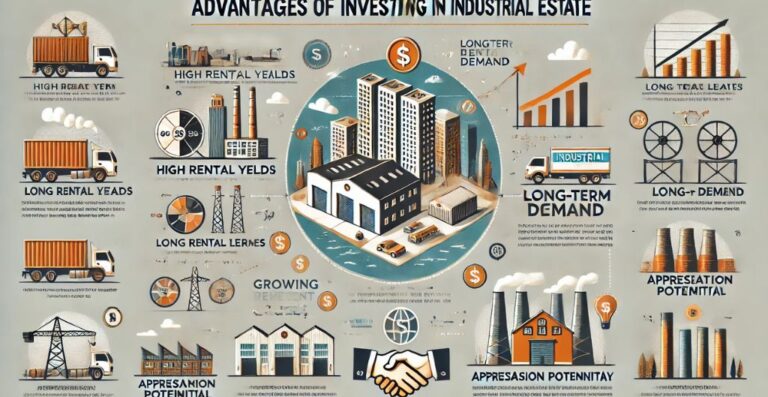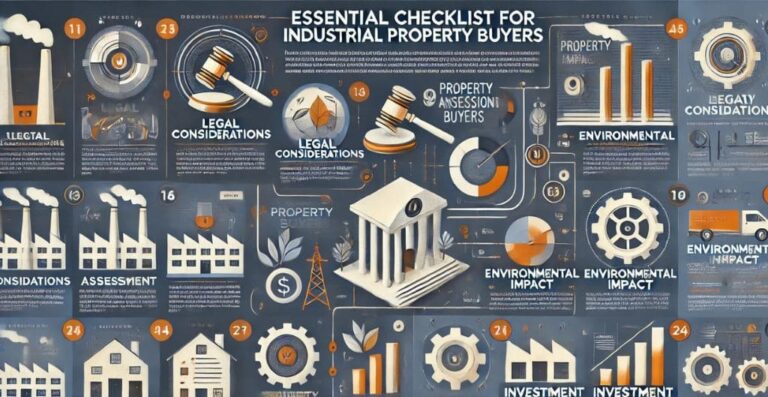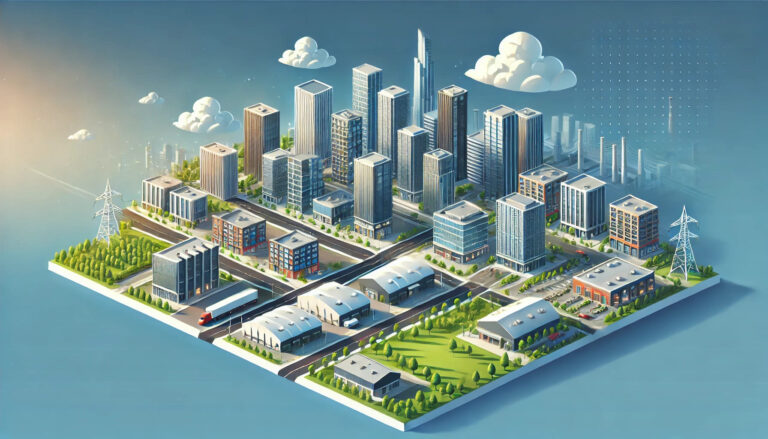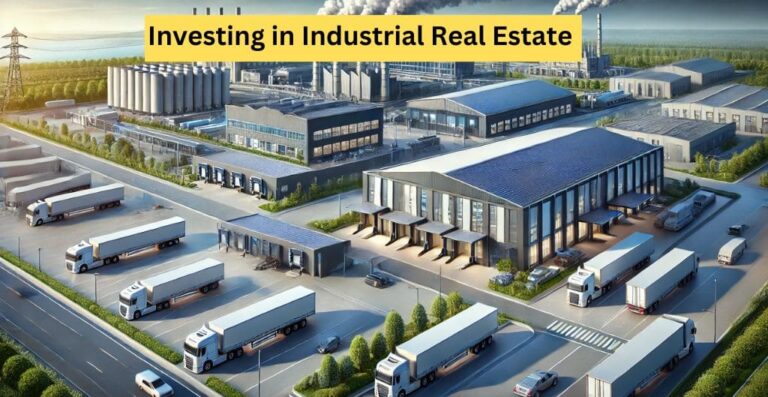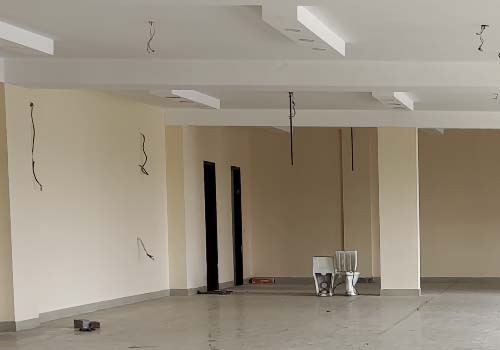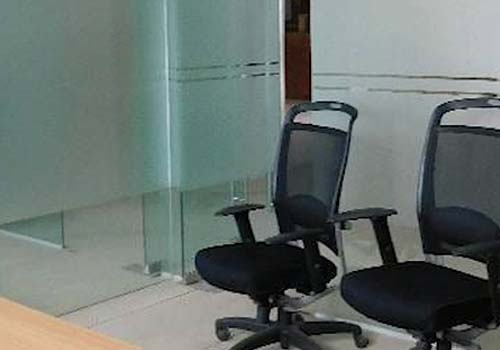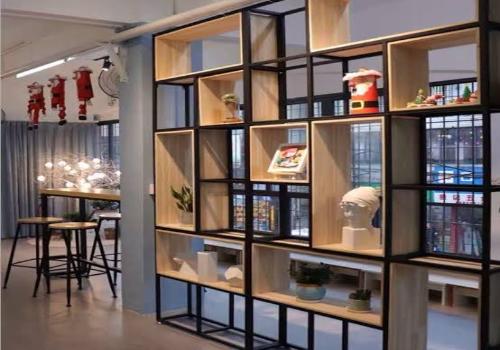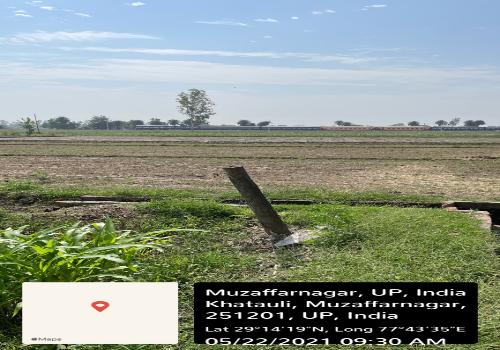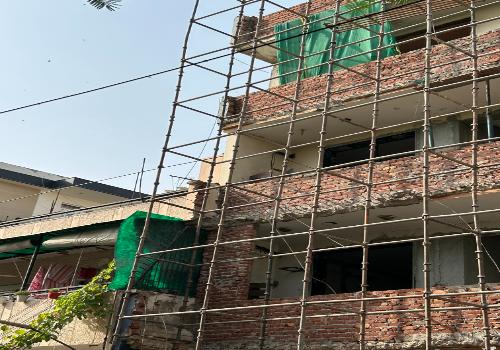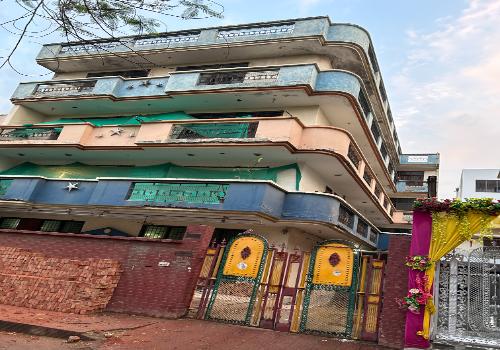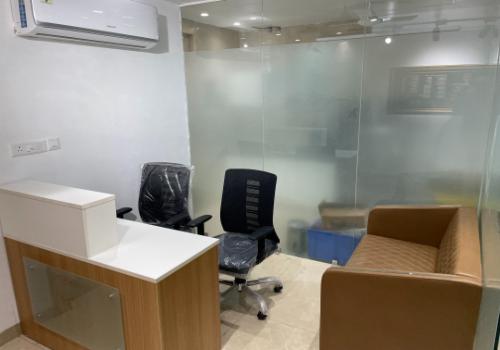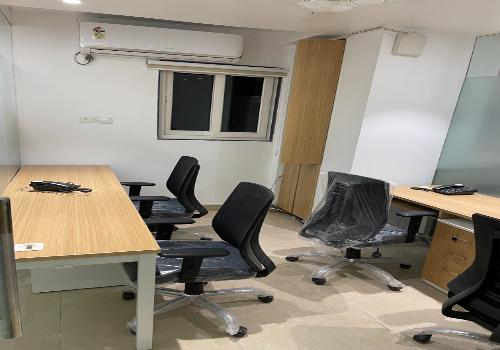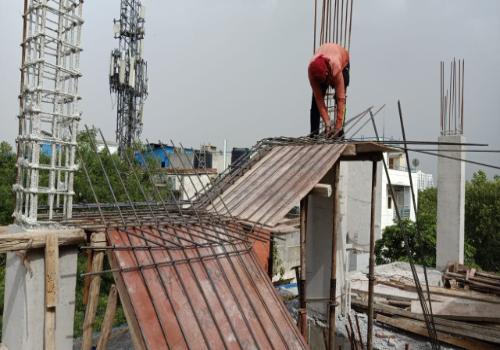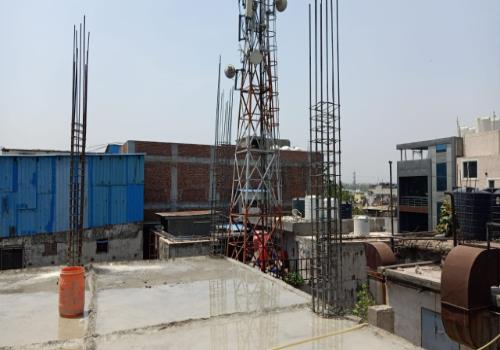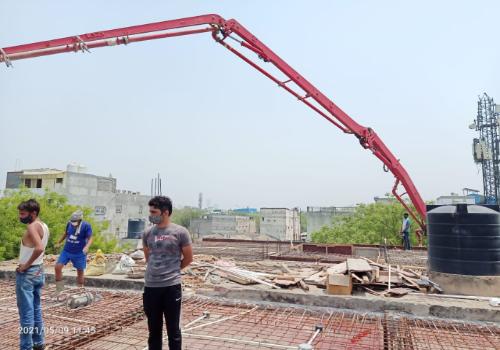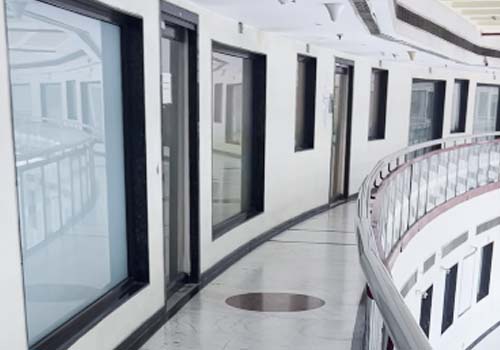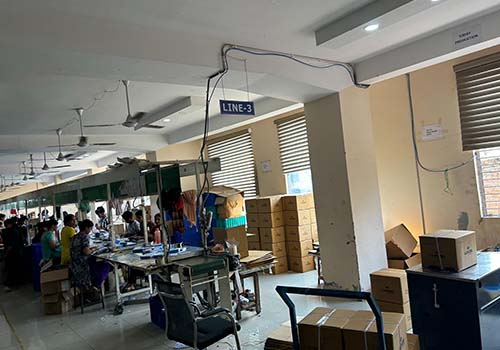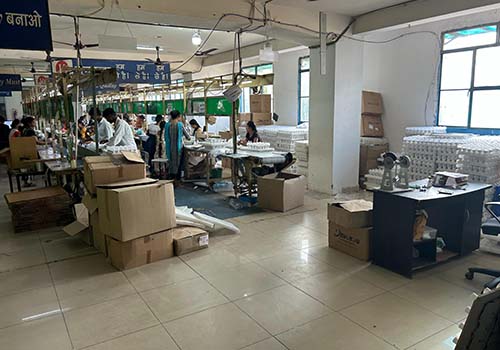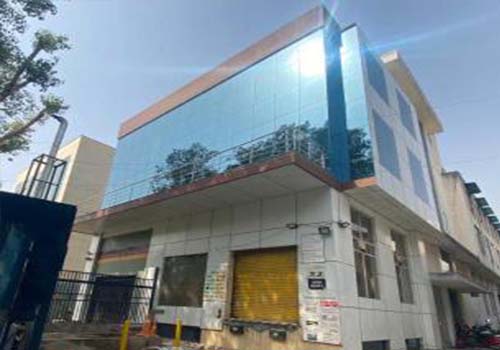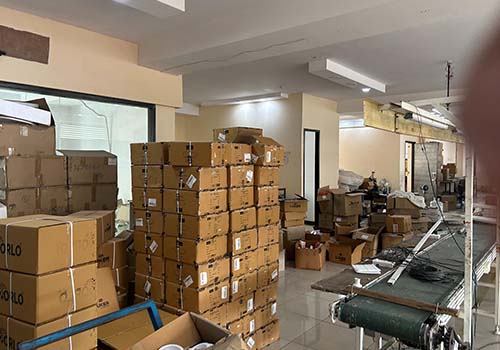Industrial Real Estate: The Backbone of Industry
According to Market Research Future, the Indian commercial real estate industry is projected to grow from $50.59 billion in 2023 to $241.82 billion in 2032. A significant portion of the commercial real estate market is comprised of industrial real estate.
You might ask, what is industrial real estate?
People often confuse between commercial and industrial real estate. Commercial real estate is the space used by offices for business-related purposes. While industrial real estate is an umbrella term that includes the production, storage, and shipment of goods.
Recently, the Indian real estate market has been moving in an upward trend line. And, the industrial real estate sector has a significant role to play.
Industrial real estate is one of the vertebrae of the economy’s backbone. The increasing demand and supply structure of the market directly affects the rise in the number of factories, warehouses, and distribution centers.
What is Industrial Real Estate?
Industrial real estate is the place for behind-the-scenes works like manufacturing, assembly, storage, research and development, and distribution of goods. To put it simply, it is real estate that is used for manufacturing, production, distribution, and storage purposes.
Characteristics of Industrial Real Estate
- Large Spaces– Industrial spaces are usually used for the production or storage of items in bulk. These are large spaces that sometimes also exceed 1,00,000 square feet of the area.
- Idealistic Location- Such spaces are located near transportation hubs like ports, railways, and highways for smooth commutation of goods.
- Zoning Regulations– Zoning regulations allow the use of larger machinery, higher noise levels, and handling of materials not safe for residential and commercial real estate.
Types of Industrial Real Estate
- Manufacturing Buildings– The backbone of any industry is its manufacturing stage. Manufacturing buildings are an all-in-one space where goods are produced, assembled, packaged, and set for distribution. Usually manufacturing buildings are of two types- heavy manufacturing and light manufacturing. Heavy Manufacturing Industry- These manufacturing units are for large-scale, capital-intensive production like cars, steel, automobiles, and large chemical processing plants. Such manufacturing units require huge amounts of electricity, high ceilings, and a significant water supply. Light Manufacturing- Light manufacturing buildings are more favorable to smaller-scale production and assembly processes. They require less customization and lower capital investment compared to heavy manufacturing facilities. The production processes in light manufacturing tend to be more flexible and easier to relocate.
- Warehouses and Distribution Buildings- A vital part of industrial real estate is the warehouse and distribution system. In recent years, with increasing demand for e-commerce trading practices, the number of warehouses has also increased. Warehouses are the spaces primarily used for storing goods. The manufacturers, wholesalers, and retailers keep their products here until distribution or sales. Distribution centers are goods are kept for sorting and dispatch. Unlike traditional warehouses, which may hold products for extended periods, distribution centers focus on efficiently moving goods in and out as quickly as possible. These centers are crucial for companies that deal with fast-moving consumer goods (FMCG) or need just-in-time inventory management, a practice common in e-commerce.
- Flex Spaces—Flex spaces are a mix of commercial and industrial real estate. They are great for small to mid-size businesses that need office, production, and storage areas. They are in high demand because they can be easily adjusted to fit the tenant’s specific layout requirements. When companies are small or startups, they are unable to rent out large spaces. Flex spaces are perfect in such scenarios.
- Cold Storage- Cold storage is among the most well-known types of industrial real estate. Factories use these spaces to store perishable products at specific temperatures for a longer shelf life. Usually, industries dealing in food, pharmaceuticals, chemicals, and other perishable products use these real estate spaces. Such spaces are built with refrigeration systems and storage facilities that also need to meet strict health and safety standards.
- Research and Development Facilities—The research and development part of the industrial process requires a dedicated space. Innovation, research, product testing, and development are conducted before new products are introduced. Hence, these buildings need to pass stringent safety protocols.
Conclusion
Industrial real estate is a significant part of the economy. It is the foundation for manufacturing, logistics, and storage.
The numbers above show that the Indian commercial real estate market will experience significant growth, with a large part of this expansion coming from industrial real estate. It’s safe to say that India’s infrastructure development will attract more manufacturing units, leading to a continued increase in demand for industrial spaces.
Industrial real estate is not a niche of the real estate sector. Its importance will only increase as industries evolve, making it an essential area for investors and companies to monitor and invest in for sustained growth.
FAQ
Q. What is industrial real estate?
Ans: Properties used for manufacturing, storage, distribution, and logistics, supporting essential behind-the-scenes industrial operations.
Q. How does industrial real estate differ from commercial real estate?
Ans. Industrial focuses on production; commercial covers office, retail, and business spaces, serving different economic purposes.
Q. What are the main types of industrial real estate?
Ans. Includes manufacturing buildings, warehouses, flex spaces, cold storage, and research facilities for various industrial functions.
Q. Why is industrial real estate important to India’s economy?
Ans. It boosts infrastructure, creates jobs, supports logistics, and strengthens manufacturing sectors, driving overall economic growth.
Q. What should investors consider in industrial real estate?
Ans. Key factors: location, zoning laws, demand, property type, and market trends for better investment decisions.


